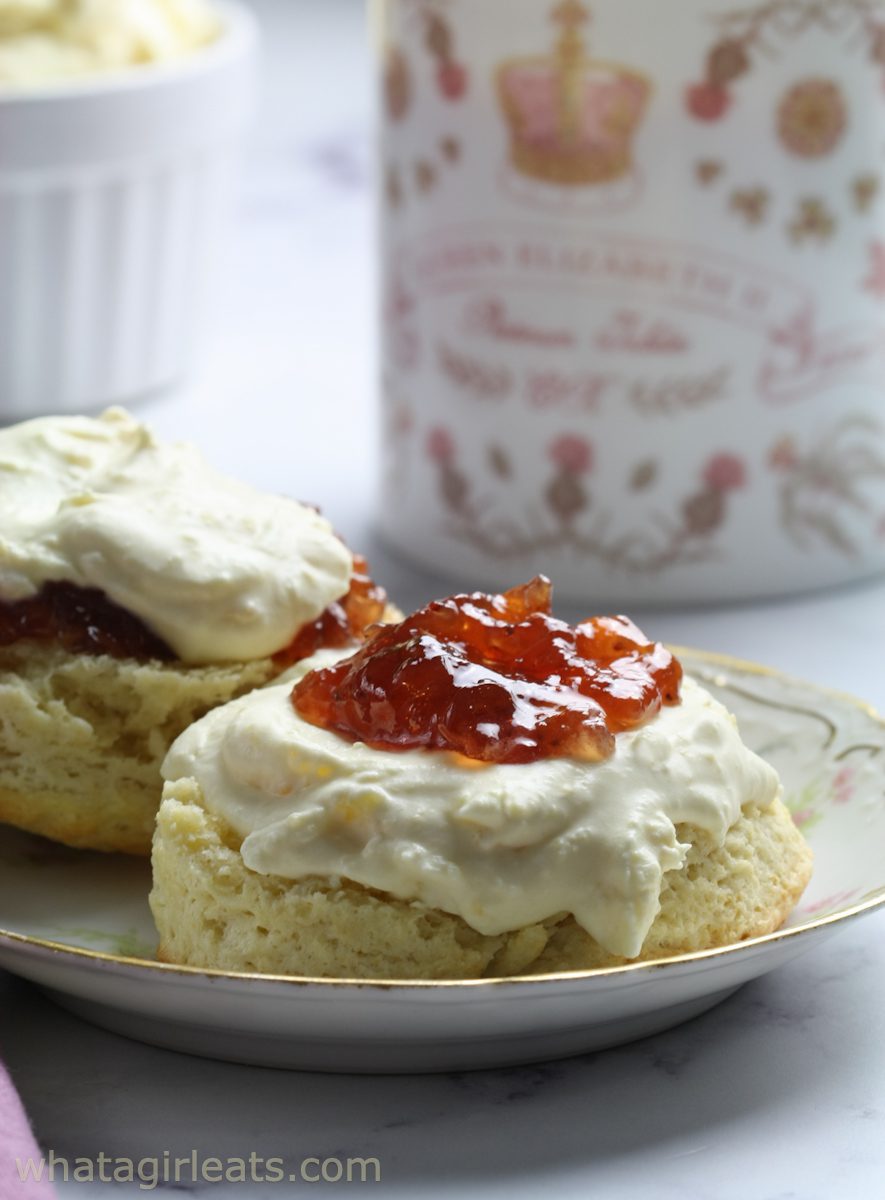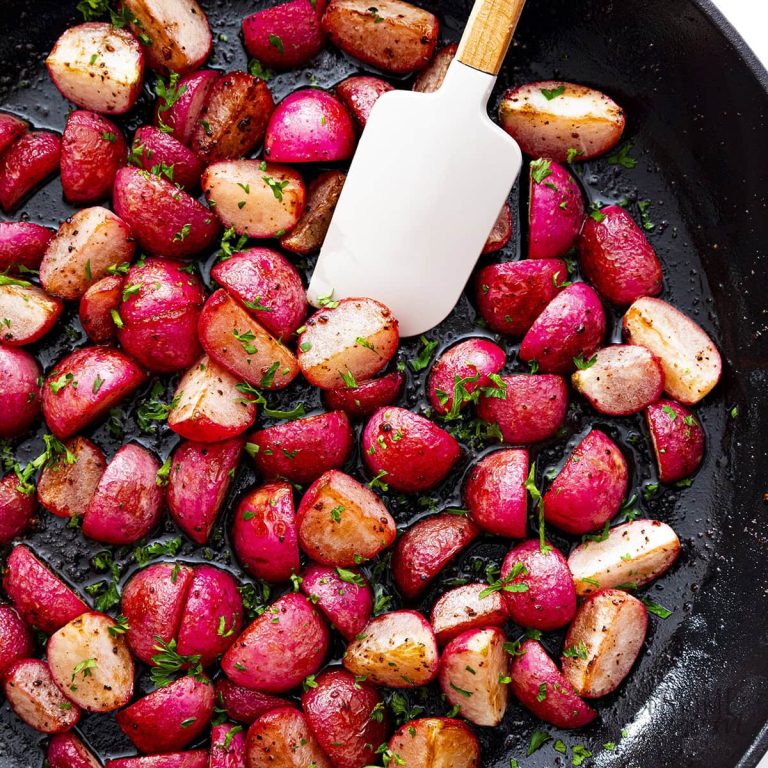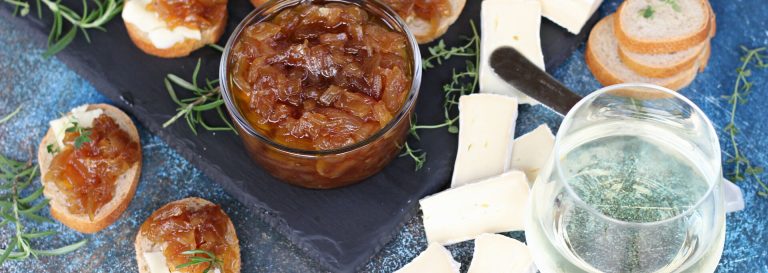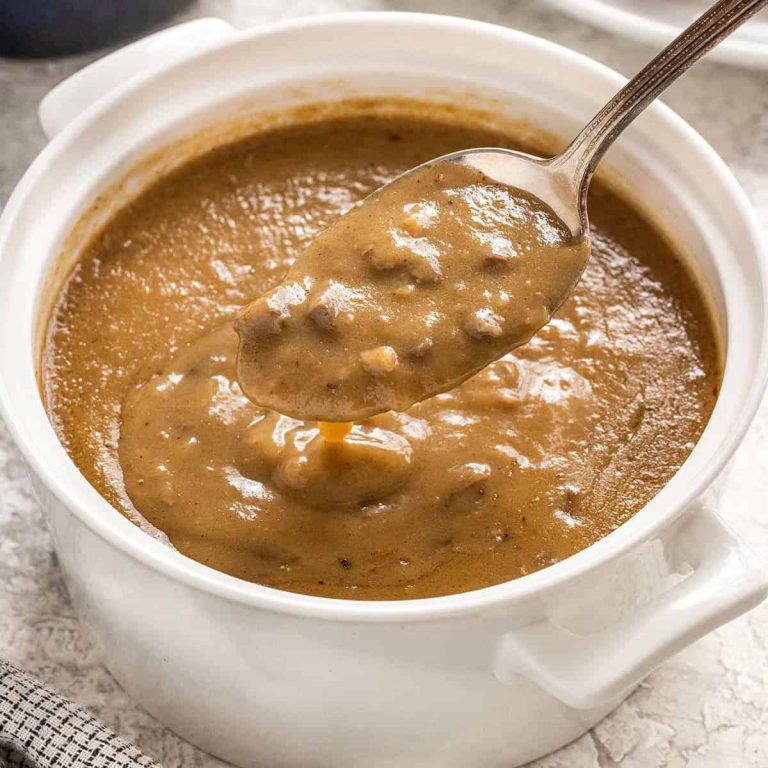Clotted Cream Recipe: History, Tips, and Delicious Serving Ideas
Clotted cream is a rich, creamy dairy product with a smooth texture and a distinct, slightly nutty flavor. This traditional English spread is essential for cream tea, often paired with scones and jam. Made by slowly heating full-fat cream until it thickens and forms clots, it retains high butterfat content, resulting in its thick consistency.
The History and Origin of Clotted Cream
Clotted cream traces its roots back to the rural traditions of England, particularly in Cornwall and Devon. Historical records suggest its origin during the late medieval and early modern periods. It became a staple in local diets due to its longevity, especially before modern refrigeration. The production method, centered around heating cream, emerged from the necessity to preserve dairy in warmer climates.
Understanding these aspects provides a well-rounded appreciation of clotted cream’s place in culinary traditions and its unique preparation process.
Exploring Easy Clotted Cream Recipes
Traditional Method
Creating clotted cream using the traditional method involves slowly heating full-fat cream for an extended period. Preheat your oven to 180°F (82°C). Pour heavy cream into a shallow dish, ensuring it’s about 1 inch deep. Let it bake for 12 hours, preferably overnight, without disturbing the dish. Once done, let it cool to room temperature before refrigerating for another eight hours. After refrigerating, skim the thick, clotted layer from the top. It’s ready to serve.
Quick and Easy Alternatives
For a faster method, use a stovetop. Heat the heavy cream in a saucepan over the lowest heat setting until a thick skin forms on top. This process usually takes 2-3 hours. Ensure you don’t stir during heating. Once a thick layer forms, let it cool. Refrigerate it for several hours to thicken further. Scoop the clotted cream from the top.
Another quick alternative is to combine mascarpone cheese and heavy cream. Mix 1 cup of mascarpone with 1/2 cup of heavy cream until smooth. Though this won’t give you an authentic clotted cream texture, it provides a similar taste profile. This method is perfect when you’re short on time but still crave the rich, creamy flavor.
| Traditional Method | Quick and Easy Alternatives |
|---|---|
| Preheat oven to 180°F (82°C) | Heat on the stovetop for 2-3 hours |
| Bake for 12 hours | Use 1 cup mascarpone + 1/2 cup heavy cream |
| Cool and refrigerate | Achieve a similar taste profile |
These methods show that you can enjoy clotted cream without intricate processes.
Ingredients and Tools
Essential Ingredients for Making Clotted Cream
To make clotted cream, use minimal yet specific ingredients to achieve the desired rich texture and flavor.
- Heavy Cream: Select full-fat heavy cream containing at least 36% fat content. High-fat content is crucial for forming the characteristic clots.
- Mascarpone Cheese: In quick versions, mascarpone imparts an extra creamy texture when mixed with heavy cream. Ensure it’s fresh and high-quality for the best results.
Recommended Tools and Equipment
Using the right tools and equipment simplifies the clotted cream-making process and ensures consistency.
- Oven: A reliable oven, ideally with a low-temperature setting, maintains a steady heat over long periods.
- Baking Dish: Use a shallow, wide baking dish to maximize the surface area for cream exposure. Ceramic or glass dishes work best.
- Thermometer: An oven thermometer ensures accurate temperature readings, crucial for achieving the perfect clots.
- Mixing Bowl: For quick alternatives, use a sturdy mixing bowl to blend mascarpone and cream smoothly.
- Spoon or Spatula: A wooden spoon or silicone spatula helps scoop the thickened cream without breaking the clots.
These ingredients and tools streamline your effort, ensuring you can easily create delicious clotted cream.
Serving and Pairing Ideas
Tips for Serving Clotted Cream
Serve clotted cream at room temperature for the best texture and flavor. Use a small serving dish to present it attractively. Avoid overheating, as it can alter the consistency. A small spatula or butter knife works well to spread clotted cream smoothly.
For an elegant presentation, pipe clotted cream using a pastry bag with a star tip. This technique suits special occasions such as afternoon teas or parties. Place the serving dish in the center of the table for easy access.
Best Pairings with Clotted Cream
Complement clotted cream with traditional scones. Prefer plain or slightly sweetened scones for a balanced taste. Spread a generous layer of strawberry jam before adding clotted cream to the scone halves.
Pair clotted cream with fresh fruits such as strawberries, raspberries, and blueberries. The tartness of the fruits contrasts beautifully with the rich creaminess.
Enjoy clotted cream with pancakes and waffles. Add a dollop on top along with a drizzle of honey or maple syrup. This pairing makes a delicious breakfast or brunch option.
Use clotted cream as a topping for desserts like pies and crisps. Apply it on warm apple pie or berry crumble to enhance the flavors and add a creamy texture.
Experiment with savory pairings by spreading clotted cream on freshly baked bread rolls. Add smoked salmon, capers, and a sprinkle of dill for a sophisticated appetizer.
Conclusion
Making clotted cream at home is easier than you might think. With the right ingredients and tools you’ll create a delicious treat that pairs perfectly with a variety of foods. Whether you’re serving it with traditional scones or experimenting with savory options like smoked salmon bread rolls clotted cream adds a luxurious touch to any meal. Enjoy the process and savor the results as you bring a bit of indulgence to your table.






